
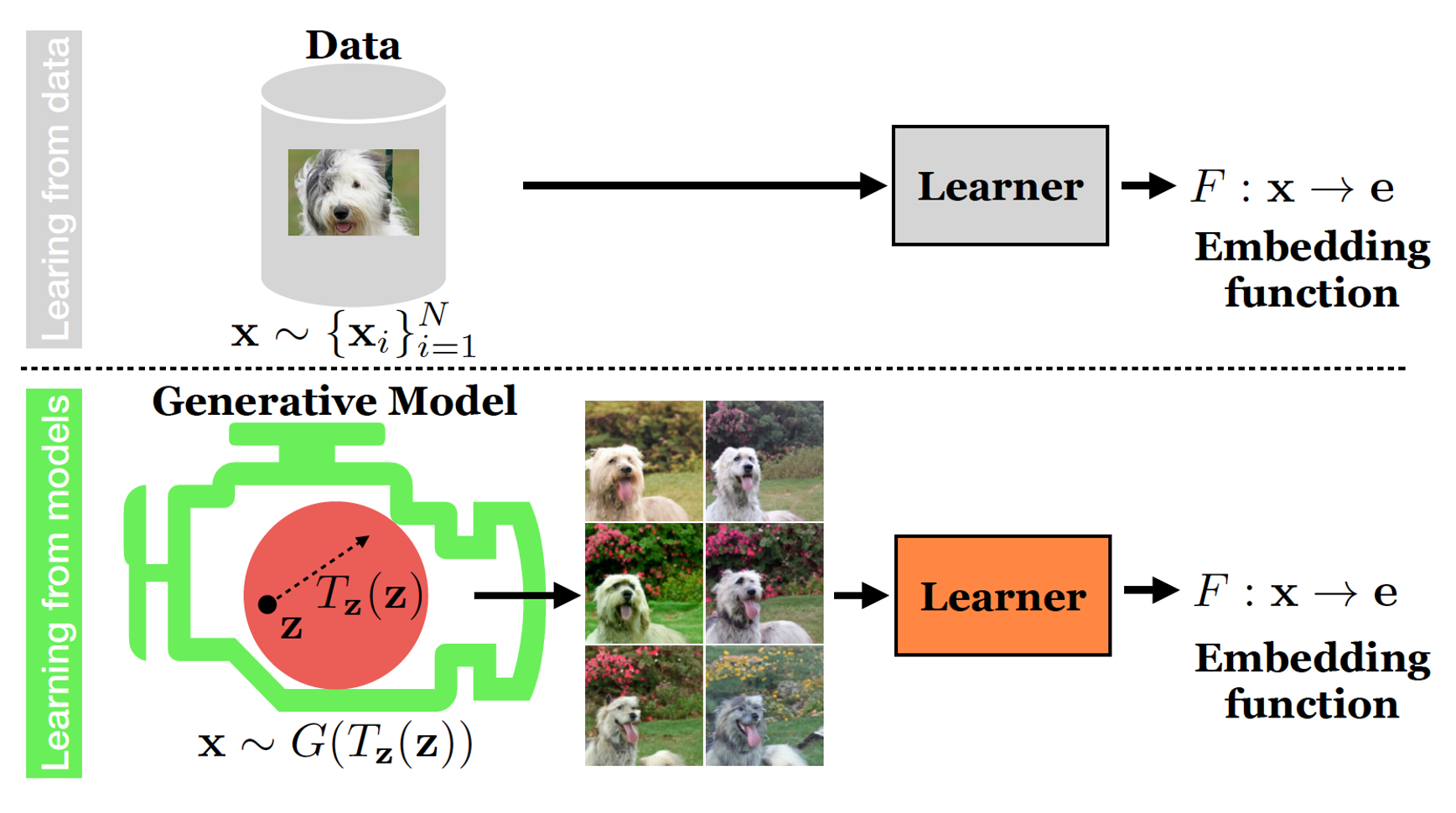
Research Scientist, MIT.
2020 - present.
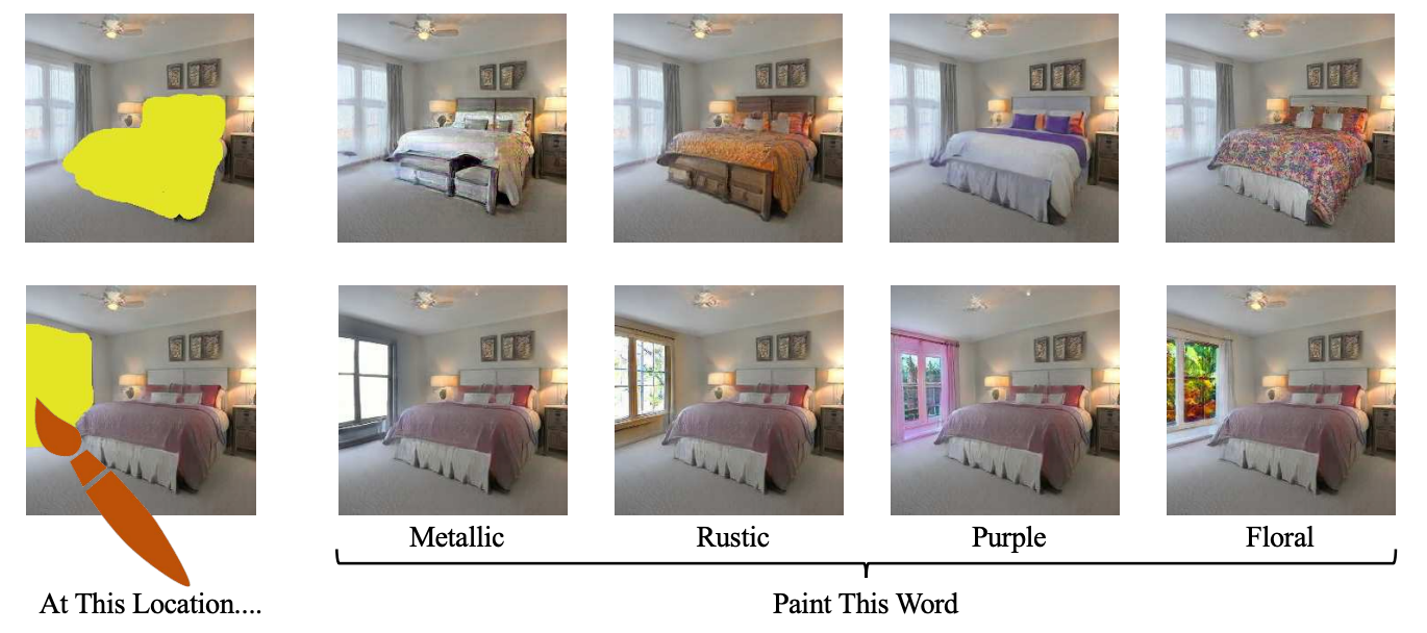
Research Scientist, MIT.
2020 - present.
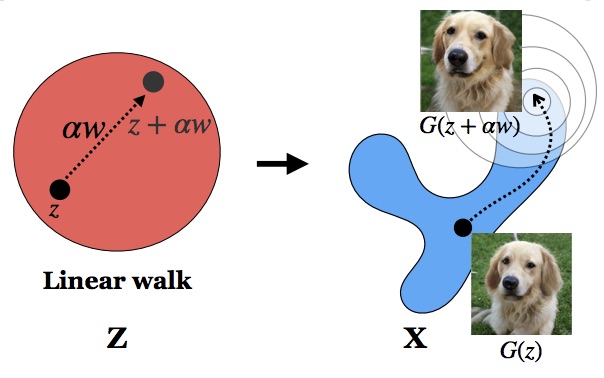
Research Scientist, MIT.
2019 - 2020.
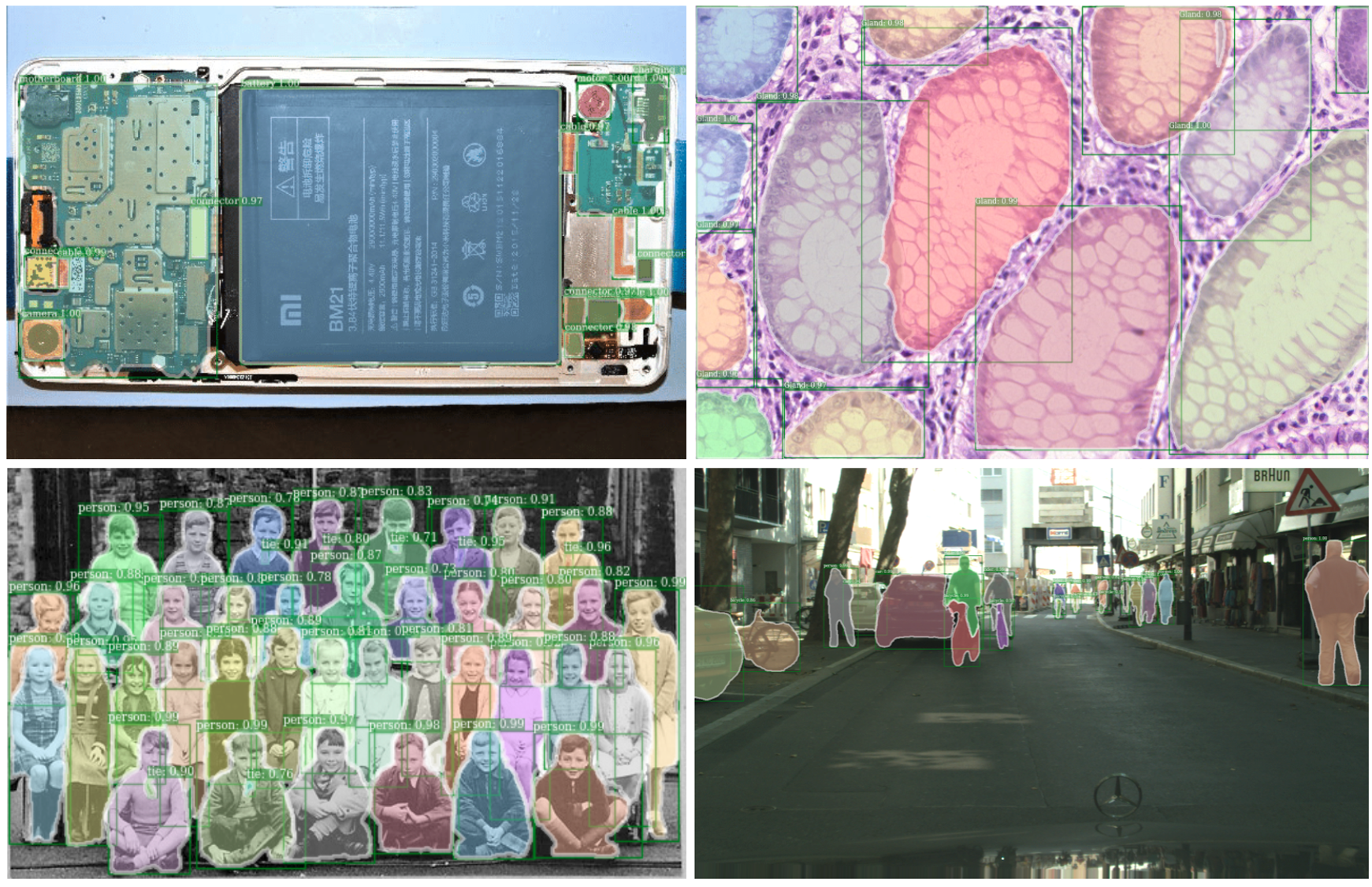
Postdoc Associate, Research Scientist, MechE MIT.
June 2018 - 2020.
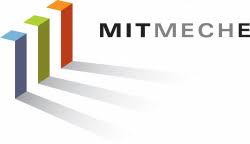
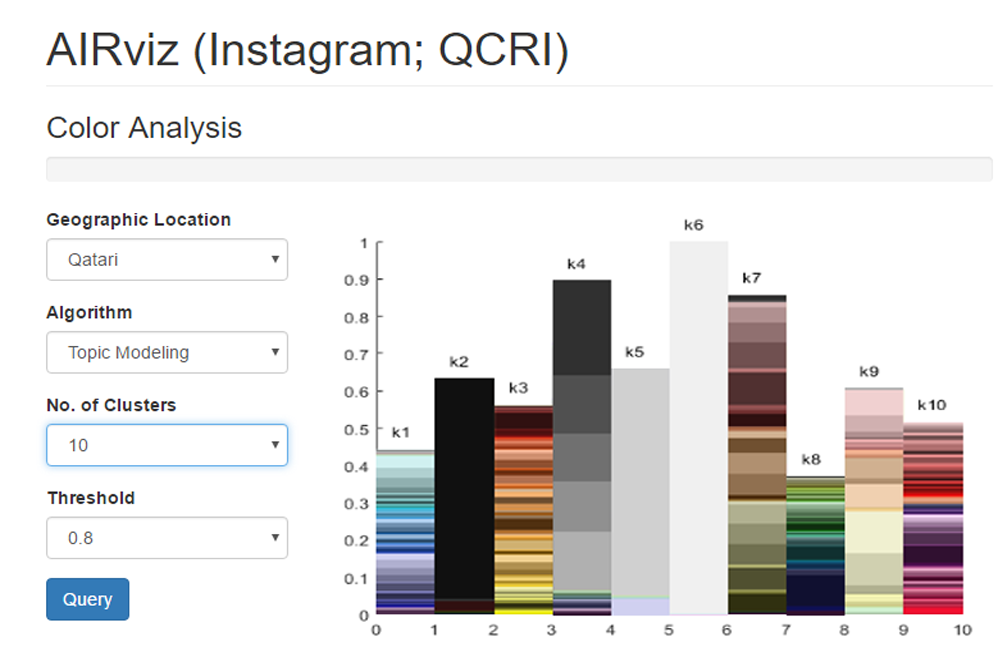
Postdoc Associate, CSAIL MIT.
June 2016 - 2017.
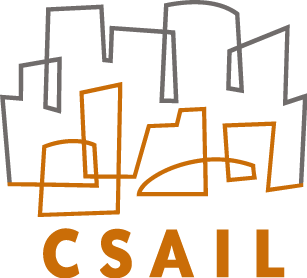

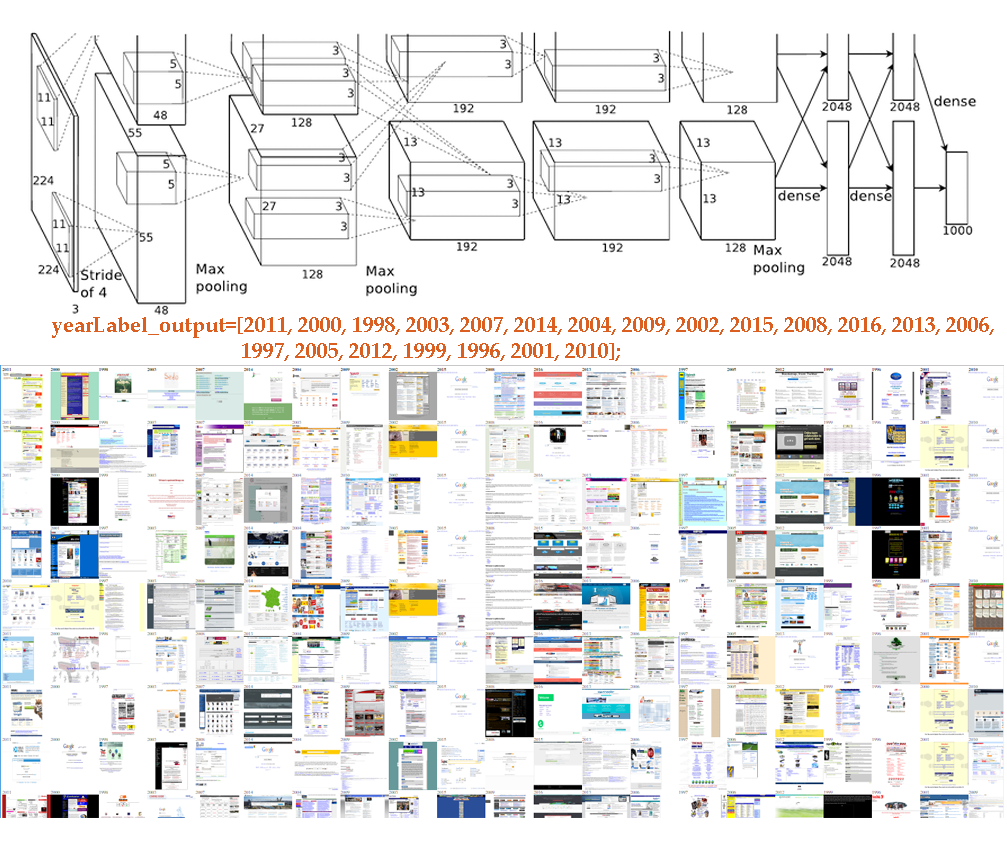
Postdoc Associate, CSAIL MIT.
March 2016 - present.

Postdoc Associate, CSAIL MIT.
Janurary 2015 - present.

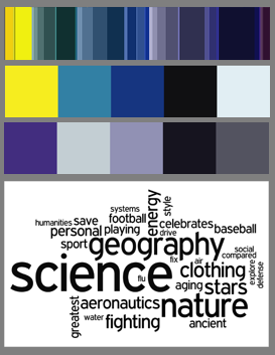
Postdoc Associate, CSAIL MIT.
Research Assistant, Purdue University.
December 2012 – 2016.




Research Assistant, Purdue University, 2014.


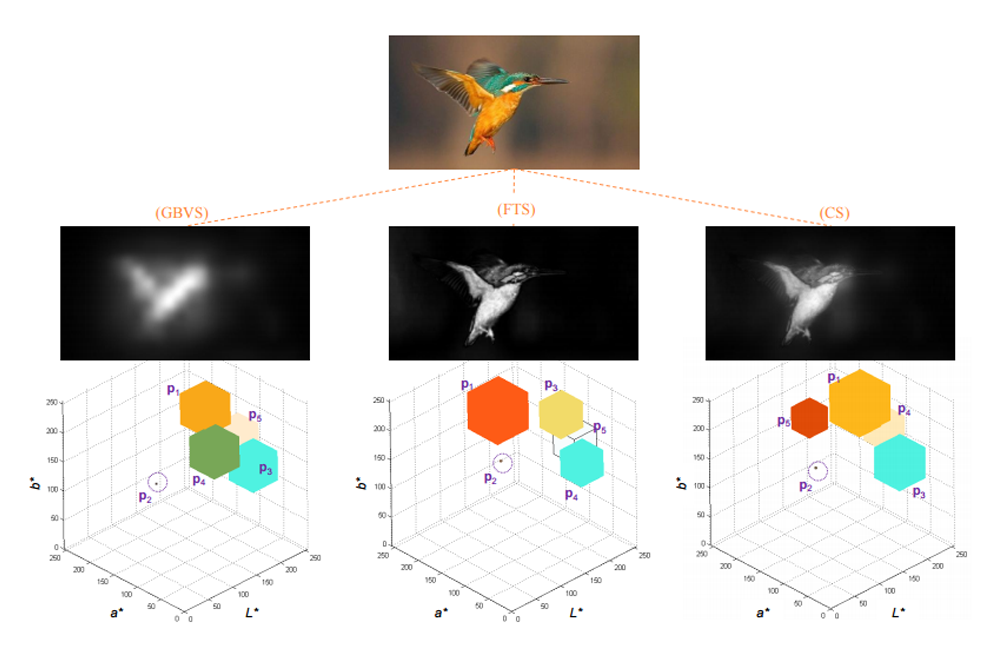
Research Assistant, Purdue University, 2014.


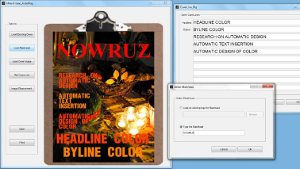
Research Assistant, Purdue University.
Sponsored by HP Labs, Palo-Alto, June 2010 – 2013.



Research Assistant, Purdue University.
Sponsored by Indigo, Boise, January – May 2010.



Research Assistant, Purdue University.
Funded by NSF, May – December 2009.



Research Assistant, Purdue University.
Funded by Purdue Graduate School, August – December 2011.


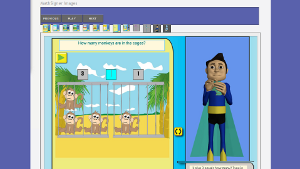
Research Assistant, Purdue University.
Funded by NSF, 2008 – 2009.

